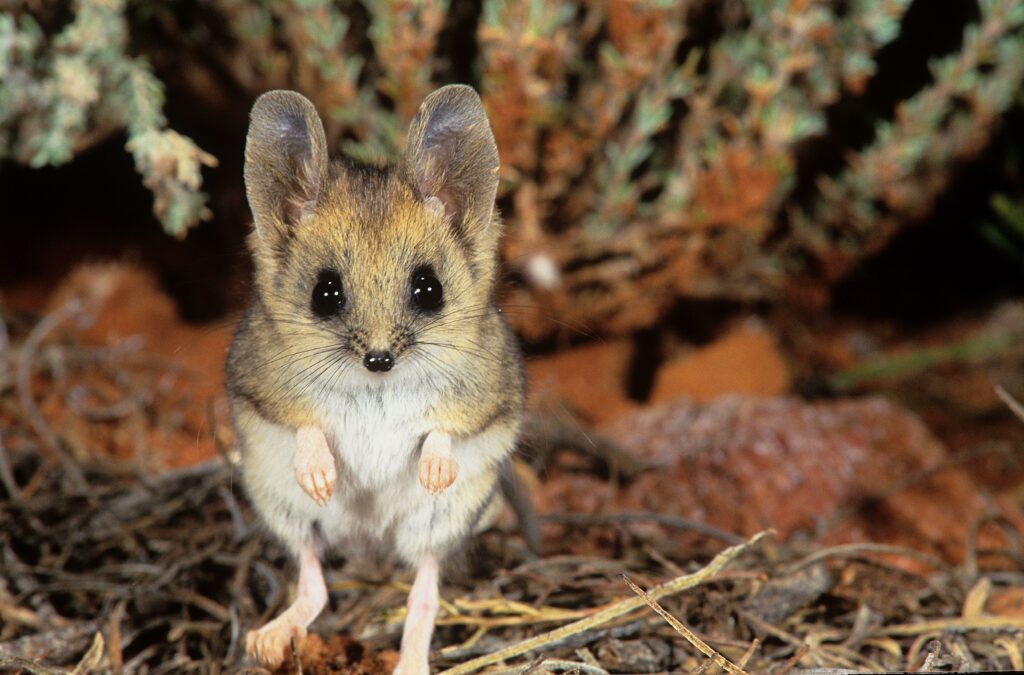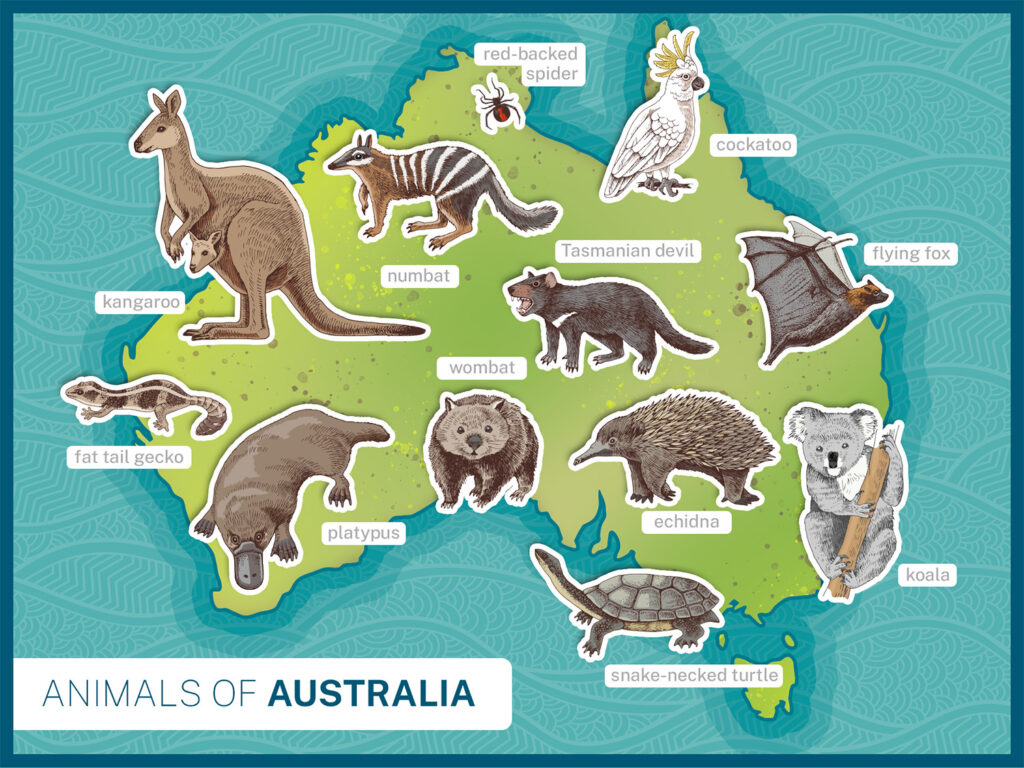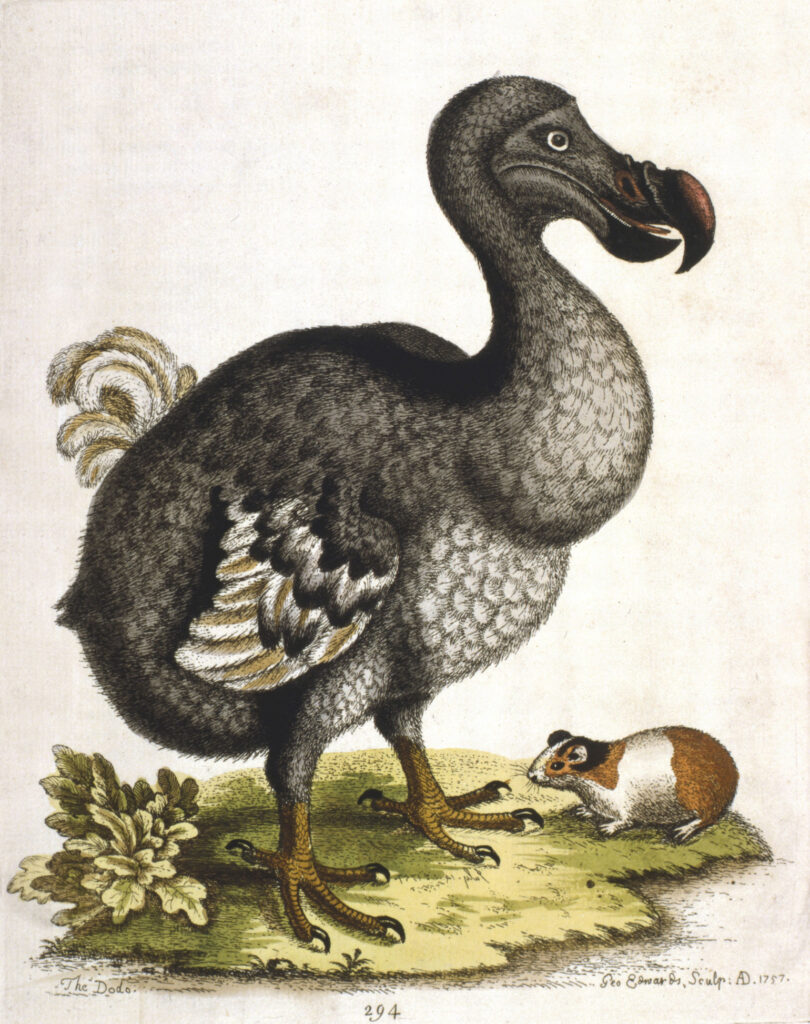Back From the Dead?

A team of scientists is working to bring the Tasmanian tiger species back from the dead. The species, which is also known as the thylacine, has been extinct since the 1930s.
The Tasmanian tiger got its name from the stripes that ran across part of its back. The animal’s head looked like a dog or a wolf, and its body was roughly as large as a medium-sized dog. But while it resembled a canine, the Tasmanian tiger was actually a marsupial. The female carried a litter of young in a pouch on her body until they were about halfway to adulthood.
Originally, the Tasmanian tiger was found in both Australia and on a nearby island called Tasmania. The species disappeared from mainland Australia at least 2,000 years ago. Scientists aren’t sure why, but they believe changes in climate affected Australia’s thylacine population. The Tasmanian tiger continued to thrive on Tasmania for hundreds of years, playing an important role as the island’s apex (top) marsupial predator. But by the 1800s, humans were blaming the Tasmanian tiger for killing their livestock. They hunted the species to extinction.
Bringing back the Tasmanian tiger won’t be easy. Scientists will need to figure out the animal’s genome—a map of its DNA—and compare it with the genome of its closest living relative, a mouse-sized marsupial called the fat-tailed dunnart. They plan to take cells of the fat-tailed dunnart and change the DNA of these cells so that they more closely resemble thylacine cells. Scientists would then “build” a Tasmanian tiger from these cells. Because the cells would originate from a different species, the newly created Tasmanian tigers wouldn’t be exactly the same as the extinct species.

The project has raised concerns. Some scientists point out that genetically altered animals often have health problems, and some don’t survive. Others wonder about the consequences of reintroducing species into the wild. But the work to bring back the Tasmanian tiger continues.
“To me the real benefit of any de-extinction project such as this is the awesomeness of it,” Tom Gilbert of the University of Copenhagen told CNN. “Doing it seems very justified to me simply because it will excite people about science, nature, [and] conservation.”



